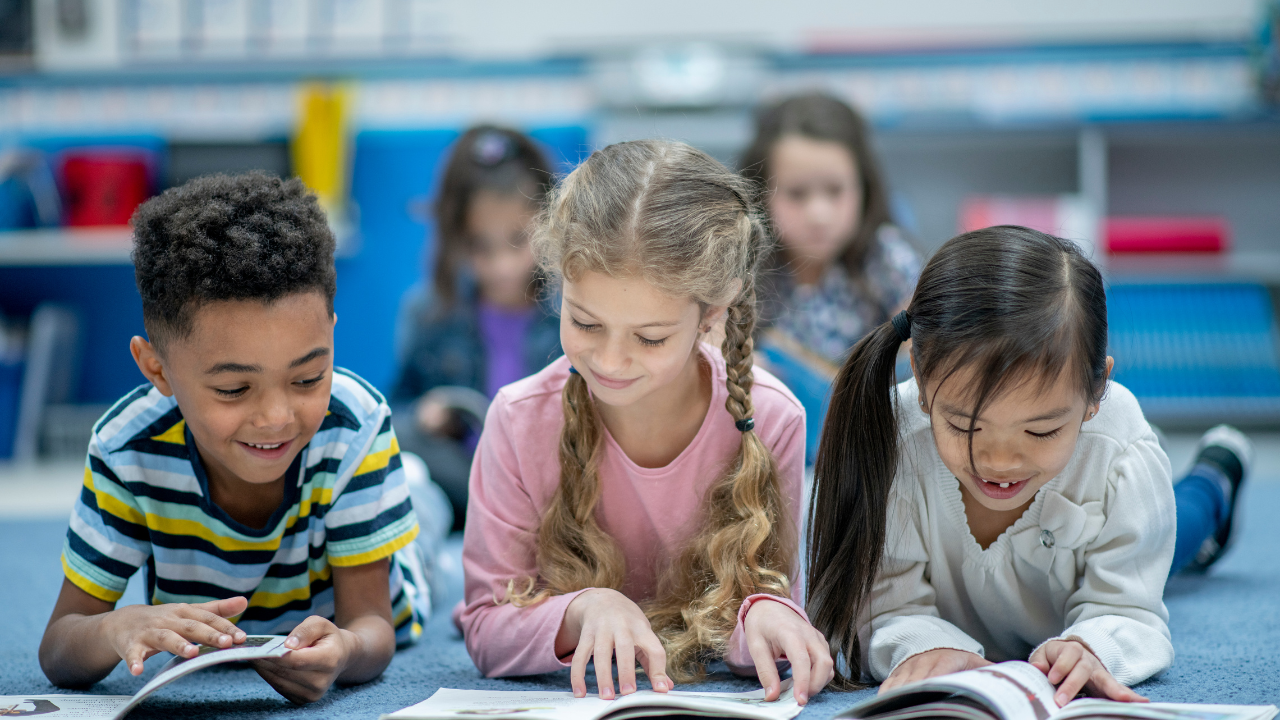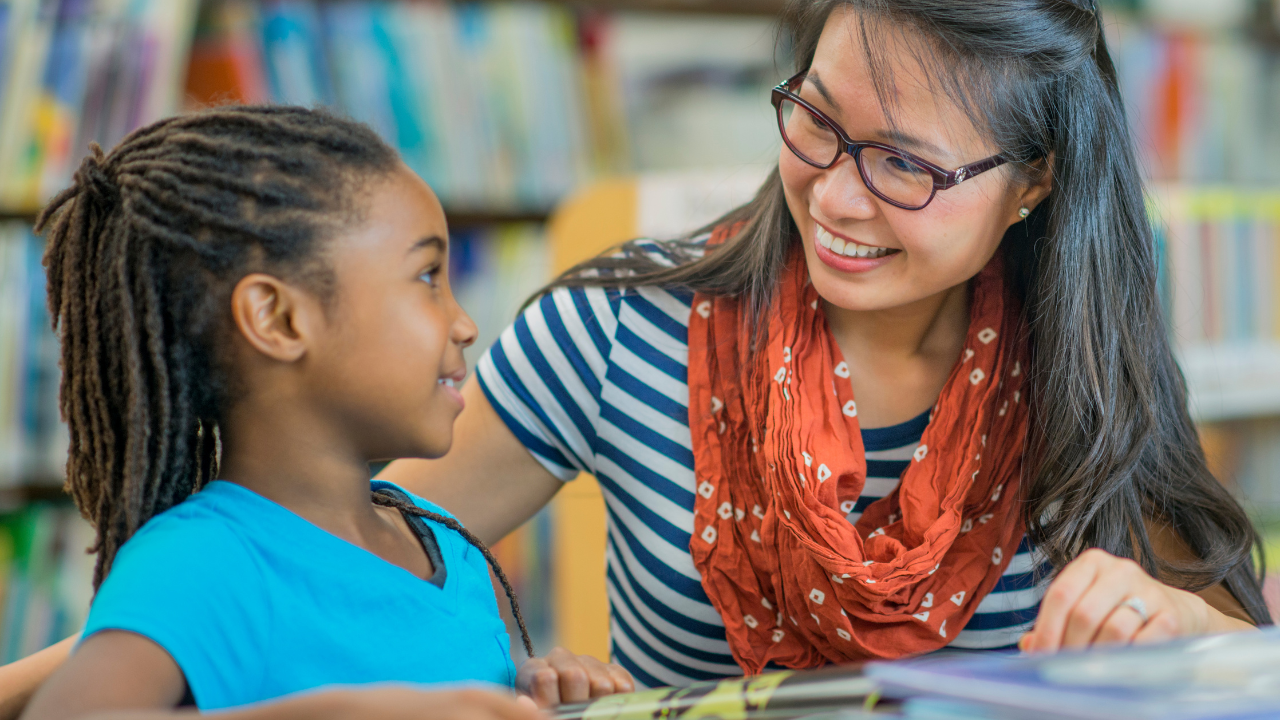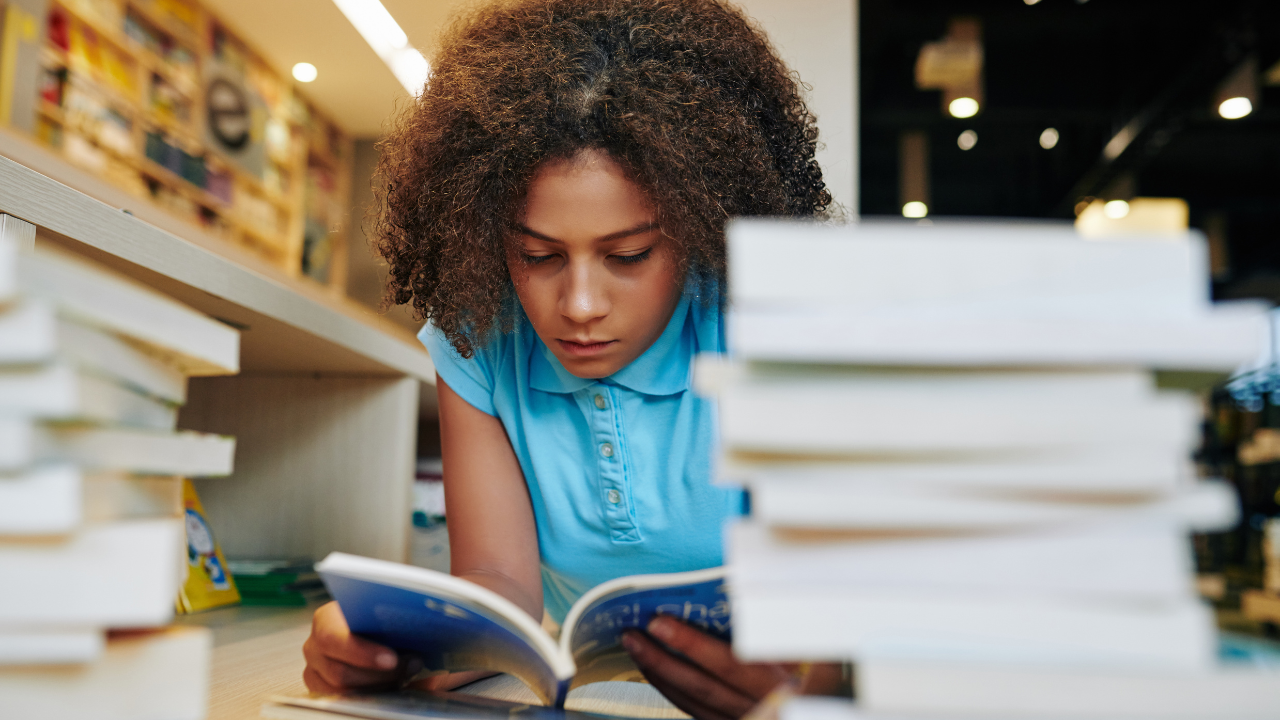
Literacy is the foundation of all learning. It is essential across every content area and grade level, empowering students to access, understand, and apply knowledge in a wide range of subjects. When we teach literacy across disciplines, we give students the tools to think critically, communicate clearly, and solve complex problems while engaging with a more holistic approach to education—preparing students to navigate both academic challenges and real-world situations with confidence. Welcome to the Maine Department of Education's Literacy Hub, your go-to space for research, resources, and practical tools to support literacy instruction at every level.
Literacy for ME 2.0 is Maine's statewide approach to advancing literacy for all learners. Grounded in the belief that literacy is essential for lifelong learning, educational equity, and a thriving society, this initiative provides guidance, tools, and resources to support high-quality, culturally responsive literacy instruction across all grade levels. Explore Maine's comprehensive state literacy plan, Literacy for ME 2.0 to inform your practice, strengthen collaboration, and drive meaningful literacy growth in your community.

Building Literacy
Strong, versatile readers are the key to a bright future. Discover how integrated and foundational literacy skills lay the groundwork for lifelong learning and success!
- Early Learning Foundational Skills - Young brains are wired for language! Discover how early interactions and instruction from parents & caregivers build strong literacy foundations!
- Integrated Literacy - Want to boost learning across subjects? Discover how integrated literacy weaves reading, writing, and communication into every lesson for deeper understanding!
-
High-Quality, Evidence-Based Literacy Instruction - Guidance document for Maine school administrative units that outlines the tenets to which high-quality early literacy programming (Pre-k to Grade 3) should be aligned.

Structured Supports
Striving & emerging readers need more than practice—discover how evidence-based, structured literacy builds strong skills in phonics, vocabulary, fluency, and comprehension!”
- Dyslexia & Reading Difficulty - Dyslexia is a specific learning disability that is neurological in origin. It is characterized by difficulties with accurate and/or fluent word recognition and by poor spelling and decoding abilities.
- Multi-Tiered Systems of Support (MTSS) - Curious how to support every readers success? Learn how a Multi-tiered System of Supports (MTSS) ensures all students have timely and relevant access to evidence-based literacy instruction and intervention!
- Multilingual Learners - Multilingual learners bring valuable assets to our classrooms! Learn how integrating literacy instruction with culturally responsive teaching builds on strengths, for long-term success.
Foundations of Literacy Video Series
An overview of professional terminology and basic instructional strategies to support elementary instruction connecting the alphabet to sound, coding, and decoding words.
Learn essential terminology and basic instructional strategies to support elementary students in being able to read a text quickly, accurately, and with expression, and to make sense of the information
Explore how to support students in developing a rich, robust vocabulary and becoming proficient in spelling.
Resources & Professional Development

Literacy in Action
See how you can use literacy to make a difference!
- At the Library - Check in with the Maine State Library for books, research, and so much more.
- The Pine Project: Everyone is Welcome - The Welcoming Library modules are designed for your professional development and guided by the CASEL framework. [Contact Hours Opportunity]

Learning & Professional Development
Striving readers need more than practice—discover how evidence-based, structured literacy builds strong skills in phonics, vocabulary, fluency, and comprehension!”
- EnGiNE - Maine DOE's community forums and learning management system. [Note: You do need an EnGiNE account to engage]
- What We are Reading, Watching, Listening to, & Thinking About - Join the community forum to discuss favorite books and the latest thinking on literacy.
- Office Hours - Connect with us to speak in-depth on all things literacy
- Integrated literacy topical discussions
Every Tuesday at 3:30 p.m. - 4:40 p.m. - Multi-Tiered Systems of Support Office Hours
First Friday of the month - Early Learning Office Hours
Every 3rd Thursday of the month
- Integrated literacy topical discussions
Contact
Heather Martin
Integrated Literacy PreK-12
Phone: 207-557-0386
Email: Heather.Martin@maine.gov
Dee Saucier
Structured Literacy, Striving Readers & Dyslexia
Phone: 207-441-1383
Email: Danielle.m.Saucier@maine.gov